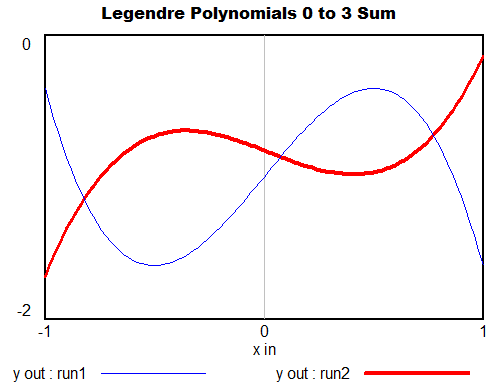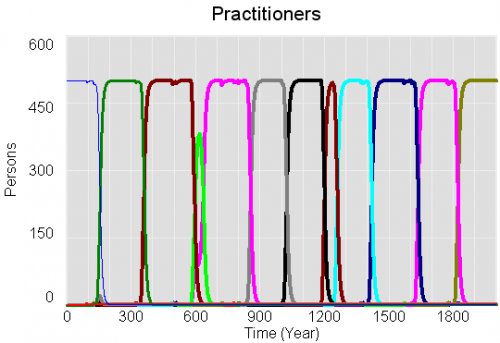This is the model library entry for my ISDC 2017 plenary paper with Larry Yeager on dynamic cohorts in Ventity:
Dynamic cohorts: a new approach to managing detail
While it is desirable to minimize the complexity of a model, some problems require the detailed representation of heterogeneous subgroups, where nonlinearities prevent aggregation or explicit chronological aging is needed. It is desirable to have a representation that avoids burdening the modeler or user computationally or cognitively. Eberlein & Thompson (2013) propose continuous cohorting, a novel solution to the cohort blending problem in population modeling, and test it against existing aging chain and cohort-shifting approaches. Continuous cohorting prevents blending of ages and other properties, at at some cost in complexity.
We propose another new solution, dynamic cohorts, that prevents blending with a comparatively low computational burden. More importantly, the approach simplifies the representation of distinct age, period and cohort effects and representation of dynamics other than the aging process, like migration and attribute coflows. By encapsulating the lifecycle of a representative cohort in a single entity, rather than dispersing it across many states over time, it makes it easier to develop and explain the model structure.
Paper: Dynamic Cohorts P1363.pdf
Models: Dynamic Cohorts S1363.zip
Presentation slides: Dynamic Cohorts Fid Ventana v2b.pdf
I’ve previously written about this here.




